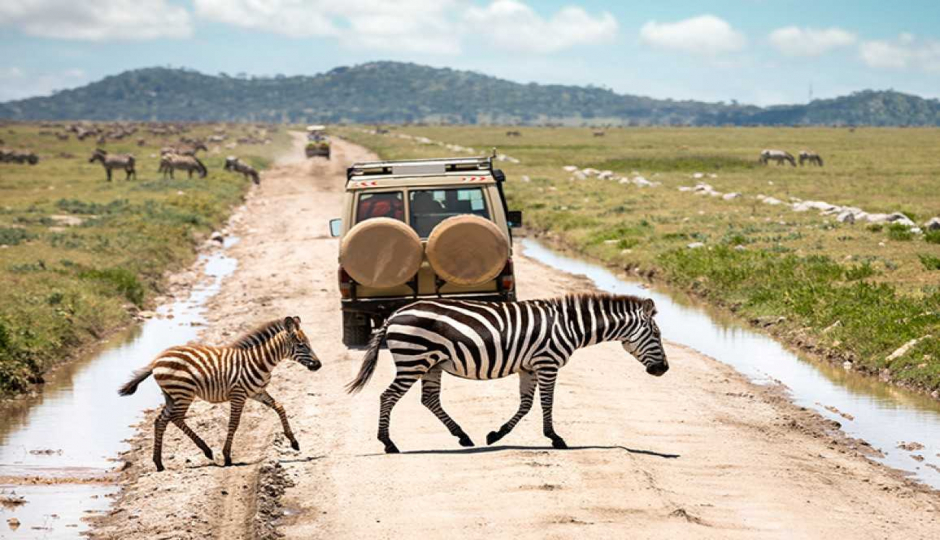
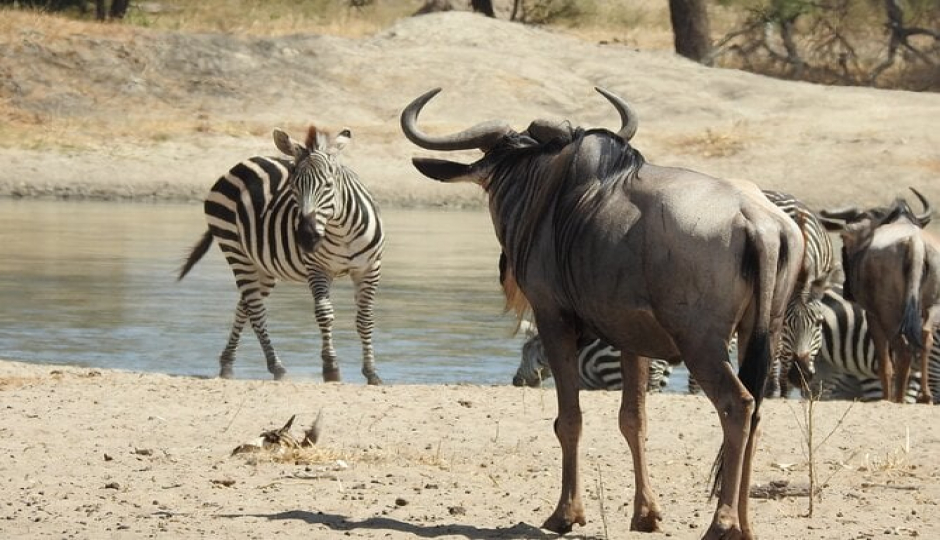
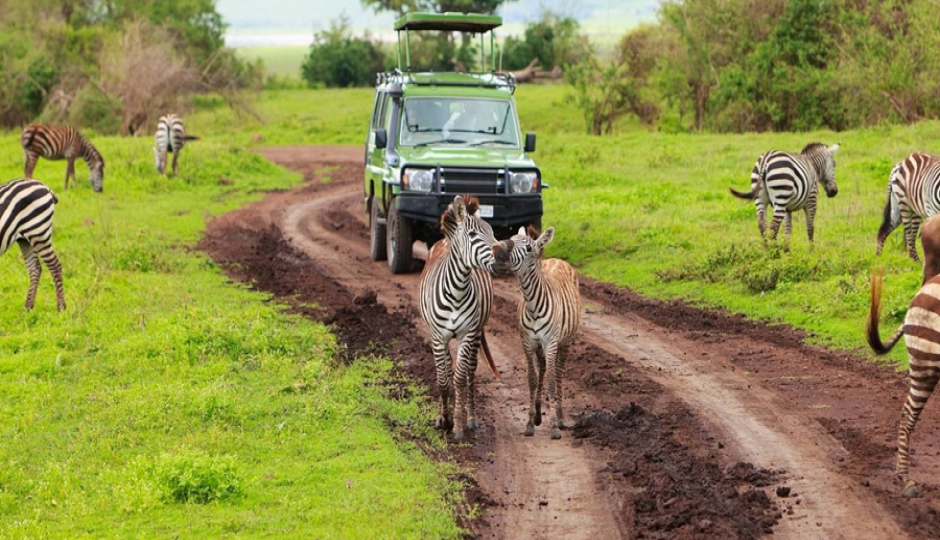
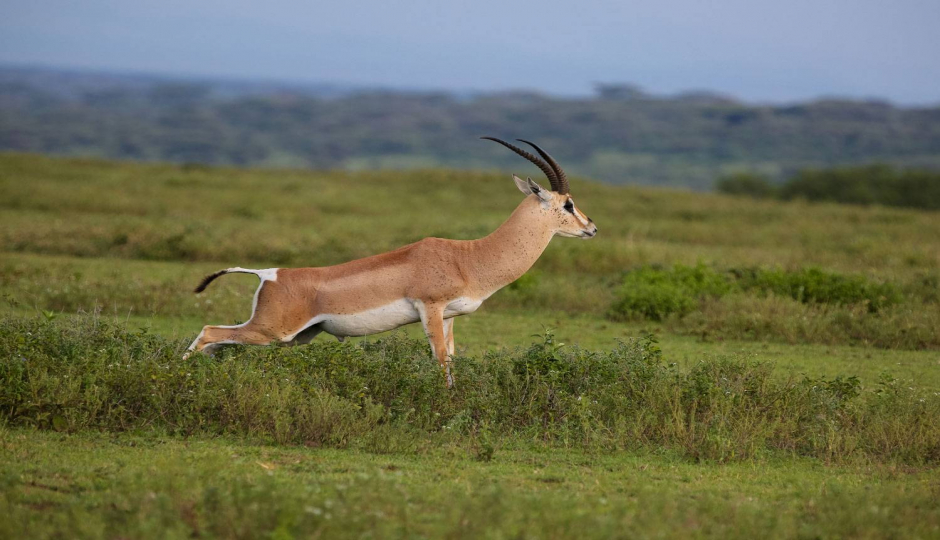




Welcome to the Wild Side of Africa
Planning a safari to Tanzania is a dream that lives in the hearts of nature lovers around the world. This isn’t just another holiday—it’s a full-sensory adventure across one of Earth’s last great wildernesses. From the thundering hooves of wildebeest in the Serengeti to the quiet majesty of elephants in Tarangire, every moment feels like it was plucked from a nature documentary. And with the right preparation, your experience can be even more magical.
Tanzania offers an unbeatable combination of breathtaking landscapes, diverse wildlife, and rich cultural traditions. But it’s not just about hopping into a safari vehicle and snapping photos. Preparing well—both physically and mentally—ensures you get the most from every game drive, lodge stay, and sunset sundowner. Knowing what to expect and how to prepare will turn your trip into a seamless and soul-stirring experience.
In this guide, we’ll walk you through everything you need to know—from when to visit and what to pack, to safety tips and cultural etiquette. Whether you’re traveling solo, as a couple, or with family, this is your compass to navigate the bush and come back home with more than just photos—you’ll bring stories, memories, and a deep connection to Africa’s wild heart.
Tanzania is vast, and each region offers a different flavor of safari. The northern circuit is the most popular, featuring legendary parks like Serengeti, Ngorongoro Crater, and Tarangire. Serengeti, with its golden savannahs and Great Migration spectacle, offers dramatic wildlife encounters year-round. Nearby, Ngorongoro Crater delivers a surreal, almost Jurassic atmosphere with a dense concentration of animals living within the world's largest unbroken caldera.
Tarangire is a hidden gem often overlooked, but it shines brightest during the dry season when it becomes a sanctuary for elephants and birds. Lake Manyara, though smaller, is perfect for birding enthusiasts and those hoping to catch a glimpse of tree-climbing lions. Heading further south, parks like Ruaha and Nyerere (formerly Selous) promise a raw, remote experience with fewer crowds and more unpredictable wildlife sightings. These areas are ideal for seasoned travelers looking for something off the beaten path.
Choosing where to go depends on your travel style and expectations. Are you chasing the Great Migration? Are you a photographer looking for dramatic landscapes? Or are you interested in cultural immersion alongside your safari? With over 16 national parks and reserves, there’s no shortage of choice. A good tour operator (like Lindo Travel & Tours!) can help match your destination to your vision.
The beauty of Tanzania is that it’s a year-round safari destination, but your experience will vary depending on the season. The dry season from June to October is generally considered the best time for game viewing. Animals congregate around water sources, and vegetation is sparse—making sightings more frequent and photography crystal clear. This is also the peak season, so expect higher prices and more tourists, especially in popular parks like Serengeti and Ngorongoro.
In contrast, the green season (November to March) transforms the landscape into a lush paradise. Wildlife is still present—particularly in resident populations—and the birdlife is phenomenal, with many migratory species on display. It's also the calving season in the southern Serengeti, which means adorable newborns and heightened predator activity. Bonus: lodges are quieter and often offer lower rates during this time, making it a great option for budget-conscious travelers.
April and May bring the long rains and, while some lodges may close, this period offers a unique kind of beauty. The parks are green and blooming, the air is fresh, and there’s a tranquility that’s hard to find during the dry months. However, some roads may become muddy and difficult to navigate, so this season is best suited to the adventurous traveler who doesn’t mind a little unpredictability in exchange for solitude and stunning landscapes.
Packing for a safari is more about practicality than fashion, though you can still look safari-chic while being comfortable and protected. Neutral colors—think khaki, olive, and tan—are best for blending into the environment and staying cool. Avoid black (it attracts heat) and blue (it attracts tsetse flies). Layering is key, as mornings can be chilly, while midday temperatures rise quickly. Include a fleece or jacket for early game drives and a wide-brimmed hat to shield you from the sun.
Footwear should be sturdy yet breathable. Closed shoes or light hiking boots are perfect for walking safaris or dusty campgrounds. Don’t forget a pair of flip-flops for use around your lodge or camp. Other essentials include insect repellent, sunscreen, and a reusable water bottle. Binoculars are a game-changer—sharing one pair in a vehicle is not ideal when there’s a leopard in a tree on one side and a cheetah stalking prey on the other.
If you’re flying between safari locations, remember that small bush planes have strict luggage limits (usually 15 kg in soft-sided bags). Choose a duffel bag over a hard suitcase. Pack light, but don’t skimp on important items like medications, chargers, and copies of your documents. Most lodges offer laundry services, so a few versatile outfits will go a long way.
Your health is your wealth, especially on safari. Before you travel, consult your doctor about recommended vaccinations. While yellow fever is only required if you're coming from a country with a risk of transmission, it’s often recommended alongside others like hepatitis A and B, typhoid, and tetanus. Don’t forget malaria prevention—this is still a concern in Tanzania, and you'll likely be prescribed antimalarial pills. Combine medication with practical prevention, like sleeping under mosquito nets and wearing long sleeves in the evenings.
Food and water safety are important, but nothing to lose sleep over. Reputable lodges and safari operators maintain high hygiene standards. Stick to bottled or filtered water, which is typically provided by your guide or accommodation. Avoid street food and raw vegetables in more remote areas unless you’re confident about their source. Pack a few basic medications like antihistamines, Imodium, and rehydration salts—just in case.
Travel insurance is non-negotiable. Make sure your policy covers trip cancellations, medical emergencies, and evacuation (especially via air if needed from remote parks). In the unlikely event of an injury or serious illness, having good coverage could mean the difference between a quick response and a logistical nightmare. Safety on safari is excellent when you follow your guide's instructions, stay in the vehicle, and respect wildlife space.
If your itinerary includes internal flights between parks (like from Arusha to Serengeti), you’ll need to be strategic with packing. The aircraft used on these routes are small bush planes that enforce strict weight limits—usually 15 kg (about 33 lbs) including hand luggage. That means bulky roller bags and hard-shell suitcases are a no-go. Instead, opt for soft-sided duffel bags that are easier to load and store in the aircraft’s limited compartments.
It’s important to prioritize versatility and practicality. Safari clothing is typically lightweight, so you won’t need a massive wardrobe. Lodges offer laundry services, often with same-day turnaround, so three to five interchangeable outfits are more than enough. Save space by rolling your clothes, using packing cubes, and tucking small items like socks or chargers into your shoes. Keep valuables and documents in your daypack, which should also be soft and compact.
Also, don’t forget to check with your tour operator whether camera gear is counted within the baggage allowance. High-end DSLRs, lenses, and tripods can be heavy, and you may need to make arrangements in advance. If you're doing road transfers between parks instead of flying, you're free to pack a bit more—but always aim for simplicity. A lighter bag means a lighter experience.
A safari is not a zoo—it’s a privilege to witness wildlife in their natural environment. That comes with a responsibility to behave respectfully. Rule number one: listen to your guide. Their instructions are not just about safety; they’re about ensuring you don’t disturb the delicate balance of the ecosystem. Guides are highly trained and know how close is too close, when to speak, and when to sit in reverent silence.
Keep your voice down during game drives, especially when you’re near animals. Loud talking, sudden movements, or trying to call attention with noises can disrupt wildlife behavior—or worse, provoke a reaction. Stay seated in the vehicle and never lean out or stand when animals are nearby. These rules aren’t about being overly strict—they're what keep you safe and the animals wild. Also, don't feed or attempt to touch any animal, even if it seems harmless.
On the positive side, your guide will often encourage you to ask questions, take photos, and share your excitement. Safari etiquette isn’t about being stiff; it’s about being in tune with nature. Respect the land, the wildlife, and the people who protect it, and you’ll find that nature often rewards the patient and the humble. Those who wait quietly are the ones who get to see the leopard emerge from the bush.
Tanzania is home to over 120 ethnic groups, each with unique traditions, languages, and stories. While many travelers focus on the animals, the human culture of Tanzania is just as enriching. From the proud Maasai herders of the north to the Hadzabe bushmen of Lake Eyasi, there are incredible opportunities to learn from local communities. Visiting a village, buying handmade crafts, or even joining in a traditional dance adds meaningful depth to your journey.
However, cultural tourism should always be approached with respect. Choose ethical tour operators who have established relationships with communities and ensure that visits are non-intrusive. Avoid the temptation to treat people as photo opportunities. Instead, ask permission before taking pictures, learn a few Swahili greetings like Jambo (hello) and Asante (thank you), and support local businesses wherever possible.
Traveling responsibly also means being mindful of your environmental impact. Stick to marked trails, minimize plastic use, and leave no trace in the parks or lodges. Many lodges are eco-friendly and contribute directly to conservation and community efforts—choose these over mass-market hotels. When you travel with purpose, your presence becomes part of the solution rather than part of the problem.
Your safari guide isn’t just a driver—he (or she) is your translator of the wild. A good guide will read animal behavior like a book, anticipate dramatic encounters before they happen, and explain ecosystems in a way that makes everything come alive. From identifying birds by their calls to tracking fresh lion prints in the sand, a skilled guide turns an ordinary drive into a thrilling, educational journey.
Guides in Tanzania typically undergo extensive training and are licensed by the tourism board. At Lindo Travel & Tours, our guides are also handpicked for their passion, storytelling, and dedication to guest experience. Most speak excellent English (and often other languages), are first-aid trained, and will go out of their way to tailor each game drive to your interests. Whether you’re a birding enthusiast, big cat lover, or first-time visitor, they’ll ensure you get the most from every outing.
Don’t hesitate to build a relationship with your guide—it makes the experience even better. Ask questions, be curious, and share your expectations early. Guides appreciate when guests are engaged and respectful. And yes, tipping your guide at the end of the safari is customary, especially if they’ve made your trip unforgettable—which, more often than not, they will.
When traveling in Tanzania, it's important to understand how money works—both for budgeting and for showing appreciation. The local currency is the Tanzanian Shilling (TZS), but US dollars are widely accepted in the tourism sector, especially for park fees, lodge payments, and tipping. Just make sure your dollar bills are newer than 2006, as older notes may not be accepted. Credit cards are accepted in many lodges and hotels, but having cash on hand is useful for smaller tips, market shopping, or places without card machines.
Tipping is a deeply appreciated part of the culture in the Tanzanian tourism industry, and it’s often a significant part of a guide’s or lodge staff's income. For your safari guide, the average tip is $10–$20 per person per day, depending on the quality of service. For lodge staff, $5–$10 per guest per night is common, and it’s best to leave it in the communal tip box so it’s fairly distributed among all staff (including the behind-the-scenes heroes like cooks and housekeepers). Drivers, porters, and airport transfer staff usually get $1–$5.
As for costs, safari pricing can vary widely based on travel style. Budget safaris (often group/joining tours with basic camping) start around $200–$300 per person per day. Mid-range safaris offer comfortable lodges or tented camps and hover around $400–$600 per day. Luxury safaris—with high-end lodges, fly-in access, and personalized service—can range from $800 to $1500+ per person per day. Choosing a reputable tour operator ensures your money is well-spent, with clear inclusions and no surprise fees.
As your departure date nears, it's time to review the essentials. First, triple-check your travel documents. Your passport must be valid for at least six months beyond your travel dates, and you’ll need a Tanzanian visa, which can be obtained online or on arrival. Have a copy of your itinerary printed out, along with confirmations for flights, accommodations, and insurance. A printed copy is handy if your phone battery dies or Wi-Fi is unavailable.
Next, run through your gear checklist. Clothes in neutral tones, wide-brimmed hat, sunglasses, lightweight jacket, sunscreen, bug repellent, and comfy walking shoes? Check. Camera, extra SD cards, chargers, and binoculars? Check. Reusable water bottle, flashlight or headlamp, small medical kit, and power bank? Double check. Pack prescription medications in your carry-on, and always bring a few extras just in case of delays.
Lastly, prepare your mindset. Safaris are about the slow magic of nature—no two days are ever the same. You might not see a lion on your first drive, but you could spot a rare serval instead. Patience, respect, and curiosity are your best companions. Come with an open heart, a sense of wonder, and a willingness to disconnect from daily routines. Trust your guide, respect the wild, and you’ll leave Tanzania with more than memories—you’ll leave with a story that only Africa can write.
Now that you know how to prepare, you’re one step closer to the adventure of a lifetime. Whether you’re headed for the golden plains of the Serengeti, the misty rim of the Ngorongoro Crater, or the baobab-dotted hills of Tarangire, a well-prepared safari is a rewarding one. And remember, at Lindo Travel & Tours, we’re here to make your safari dreams seamless—from the first email to the last game drive.
Have questions? Want help crafting a custom itinerary? Reach out—we’re locals, we’re guides, and we’re passionate about making your Tanzania safari unforgettable.





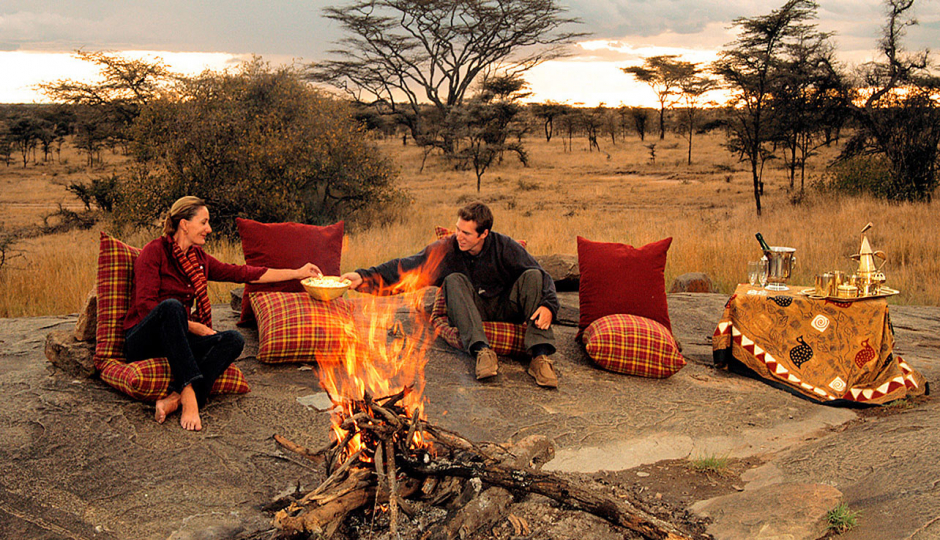
What is a Reasonable Tanzania Safari Itinerary?
How Do I Plan a Kilimanjaro Climb?
To book your adventure, simply send us an email detailing your desired experience—whether it's climbing Mount Kilimanjaro, going on a Tanzania safari, or enjoying the Zanzibar beach.
We'll promptly respond with all the information you need to finalize your plans. Plus, we offer the convenience of online payment to make the process even smoother.
View Packages